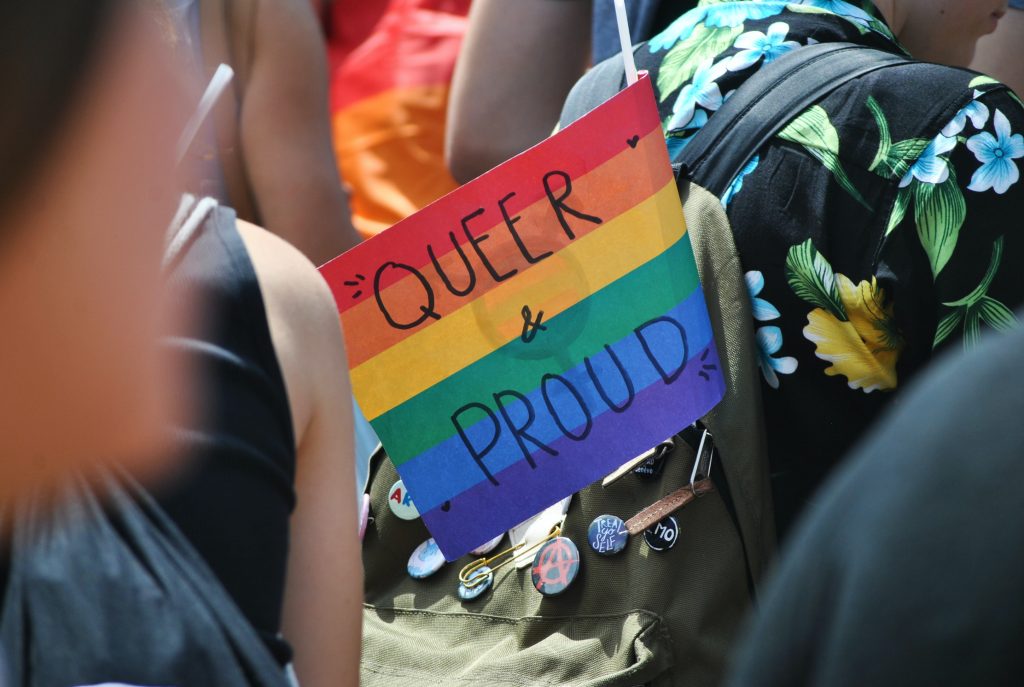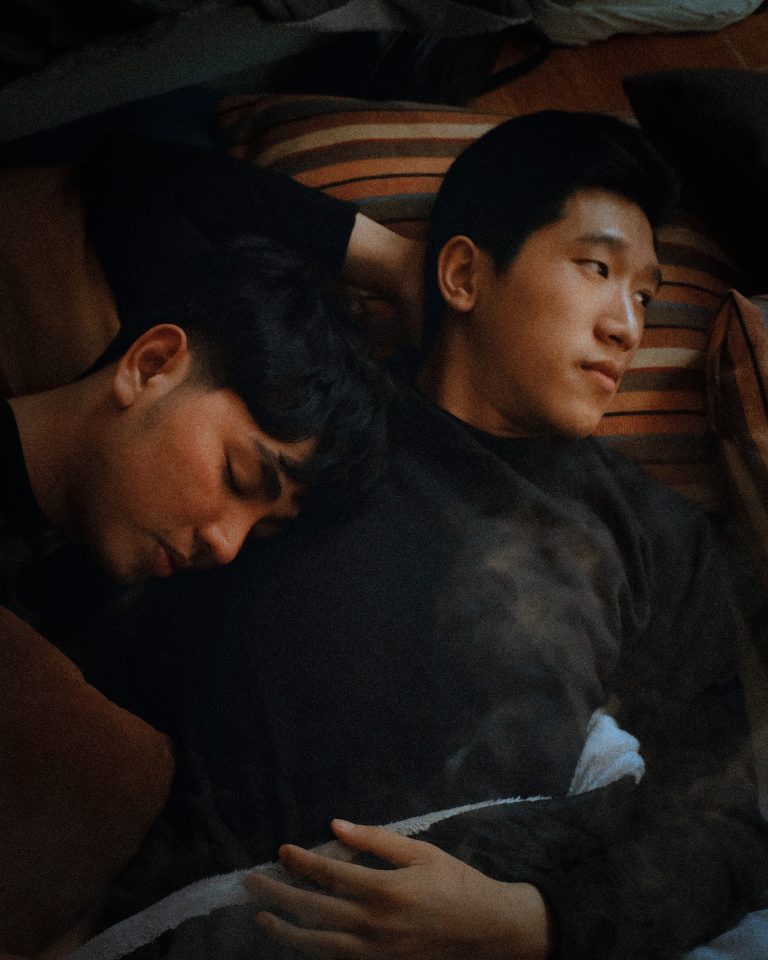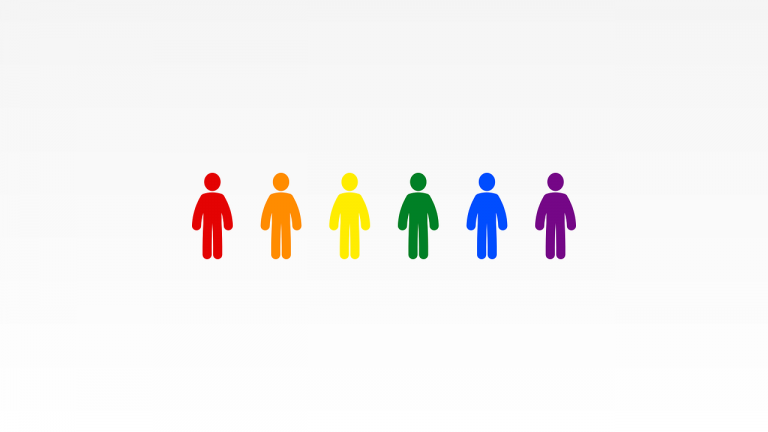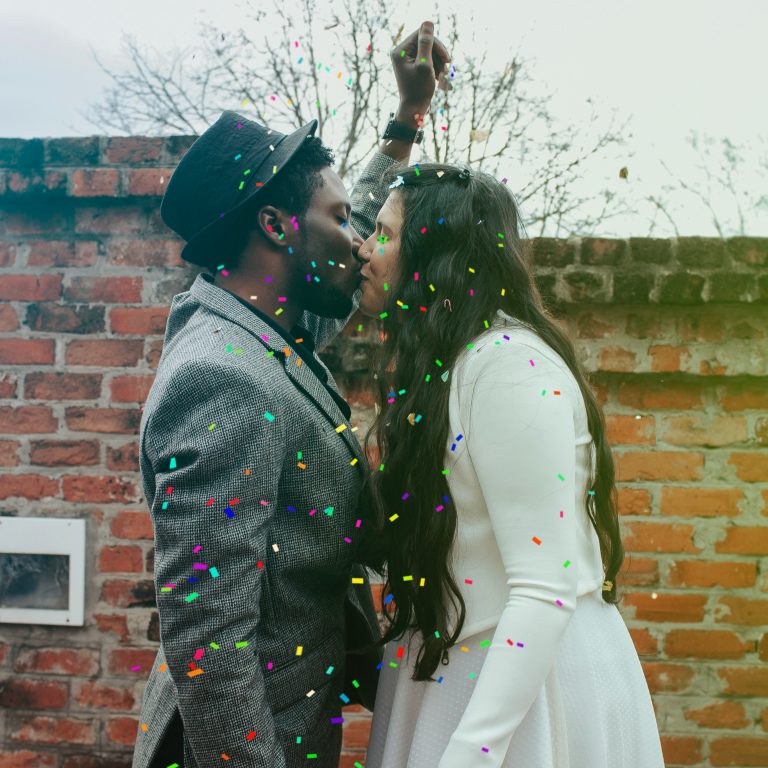What are the Difficulties of Coming Out as LGBTQ+?
In the wake of National Coming Out Day, October 11th, in the United States, it is essential to discuss the intricacies involved. For those unaware, “coming out” is a process where a person identifies as LGBTQ+, works towards self-acceptance, and shares that identification with others.

What are the Statistics Revolving Around Coming Out?
In recent years, more people have been willing to identify under the LGBTQ+ umbrella than ever before.
A recent Gallup poll notes how 7.1% of U.S. adults identify as something other than heterosexual, which is double that in 2012. The poll also notes how 21% of Generation Z adults (born between 1997-2003) identify as LGBTQ+.
The statistics indicate how young Americans are becoming more comfortable with identifying under the LGBTQ+ umbrella. However, the coming out process and existing as an LGBTQ+ individual comes with a few difficulties.
What Are Some of the Experiences of Coming Out?
Rheana Murray, an interviewer from Today.com, had 12 members of the LGBTQ+ community share their coming out stories and their general views since coming out. Amiri Nash, a college student from Rhode Island, shared she felt sorry when she told her parents that she was gay. Jess King shared her mother said she was going through a gay phase and did not think it would last.
Bill Lyon shared one of the more memorable stories about a common fear for LGBTQ+ individuals. He noted that sixty years ago, it was challenging to come out because, most of the time, parents would kick their children out of the house. It was also essential to know that back then, no one could come out as gay for fear of their safety, which was an isolating experience.
How Does the Covid-19 Pandemic Affect LGBTQ+ People?
Even though it is much safer to come out of the closet these days, living as an LGBTQ+ person presents different struggles. One of the significant differences that may occur during or after the coming out process is learning how public health problems affect the LGBT community. During the COVID-19 pandemic, for example, the LGBTQ+ community was one of many groups affected by coronavirus health and economic hardships.
The Kaiser Family Foundation gathered data from lesbian, gay, bisexual, and transgender individuals in the community between 2020 and 2021 to see how the virus impacted their lives. The surveys revealed that 74% of LGBTQ+ people felt the pandemic negatively impacted their mental health compared to 49% of the general population.
One might argue that the LGBTQ+ community took the pandemic more seriously because the report notes how 34% of LGBTQ+ adults think the news underestimated the seriousness of the virus. It is also interesting to note how LGBTQ+ people viewed getting vaccinated as part of everyone’s social responsibility to protect others. In contrast, more non-LGBTQ+ people from the survey claim that getting vaccinated is a personal choice.
The concern for public health within the LGBTQ+ community does not come unwarranted, as U.S leaders largely ignored the AIDS crisis for the first few years before Ronald Regan recognized the danger it posed. The silence around the AIDS crisis is similar to the coronavirus pandemic because many people were not taking it seriously because of the idea that it could not affect them.
What Are the Coming Out Resources People Should Have?
The connection between LGBTQ+ identity and mental health is a concern that must continuously be discussed. With the socio-economic worries in mind, the LGBTQ+ community must be equipped with the knowledge to adequately address the coming out process.
One of the most comprehensive coming out resources is the Trevor Project’s Coming Out Handbook. The webpage contains many definitions, questions, and tactics for safely coming out, whether it involves choosing who to come out to or how to effectively or comfortably do so. A few ideas beyond the basics include recognizing that there is no perfect time to come out and that feeling of certainty is constantly changing.
Another great resource is The Human Rights Campaign’s Coming Out page. The website has a variety of articles revolving around many topics, such as Understanding Neopronouns or Online Communities and LGBTQ+ Youth. One of the most important notes on the main page tells readers that coming out is not something someone does once in their life. Coming out is a unique experience that changes over time and can grow in different directions throughout life.




